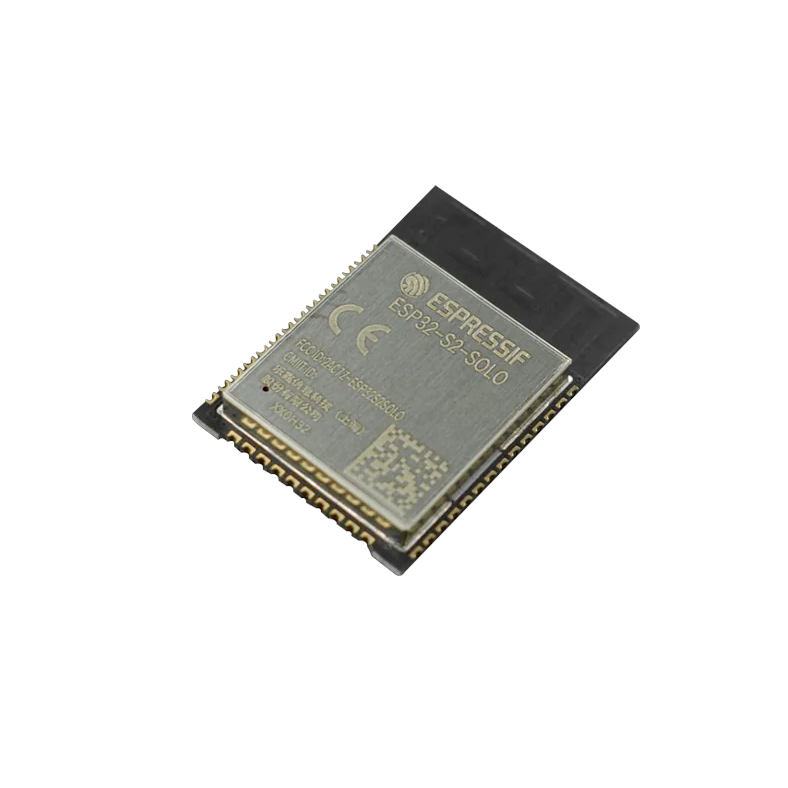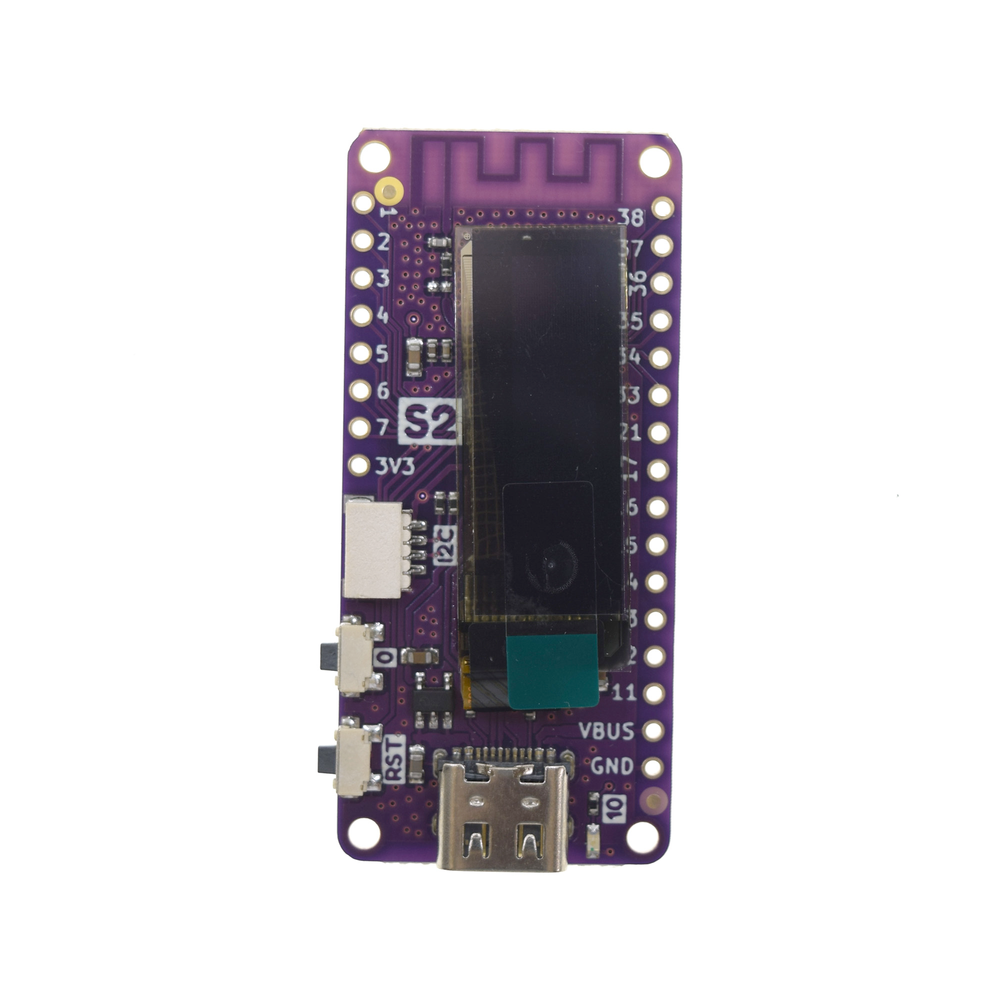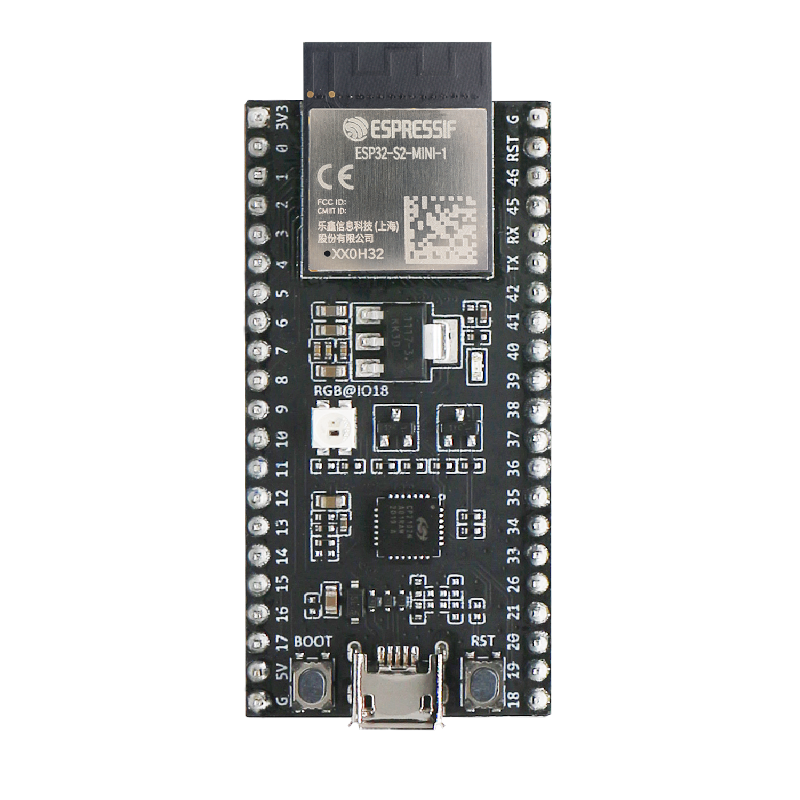UM FeatherS2 Neo Development Board
Code name: FEATHERS2NEO
UM FeatherS2 Neo development board is based on esp32s2 microcontroller and uses xtensa architecture. This board has a maximum CPU frequency of 240 MHz and a flash size of 4MB.
About UM FeatherS2 Neo
ESP32-S2 Feather board with 4MB Flash, 2MB PSRAM, and a 5x5 RGB LED matrix - ideal for creative and visual IoT applications.
UM FeatherS2 Neo Technical Specifications
🛰️ Connectivity
🧠 Microcontroller
✨ Features
- 22 digital IO pins
- 46 external interrupt pins
- 11 analog input pins
- 24 PWM pins
UM FeatherS2 Neo Useful Links
UM FeatherS2 Neo Pins Mapping Arduino IDE
Below you can find the UM FeatherS2 Neo pinout. This development board provides 22 digital IO pins, out of which 46 can be used as external interrupt pins, 11 as analog input pins and 24 pins have Pulse-Width Modulation (PWM).
| Pin | Analog | Touch | PWM | Other |
|---|---|---|---|---|
| 1 | A6 | T1 | PWM | |
| 2 | PWM | VBAT_SENSE | ||
| 3 | A7 | T3 | PWM | |
| 4 | PWM | NEOPIXEL_MATRIX_PWR | ||
| 5 | A5 | T5 | PWM | |
| 6 | A4 | T6 | PWM | |
| 7 | A8 | T7 | PWM | |
| 8 | T8 | PWM | SDA | |
| 9 | T9 | PWM | SCL | |
| 10 | A9 | T10 | PWM | |
| 11 | A10 | T11 | PWM | |
| 12 | A3 | T12 | PWM | |
| 14 | A2 | T14 | PWM | |
| 17 | A0 | PWM | DAC1 | |
| 18 | A1 | PWM | DAC2 | |
| 21 | PWM | NEOPIXEL_MATRIX_DATA | ||
| 34 | PWM | SS VBUS_SENSE | ||
| 35 | PWM | MOSI SDO | ||
| 36 | PWM | SCK | ||
| 37 | PWM | MISO SDI | ||
| 39 | PWM | NEOPIXEL_PWR | ||
| 40 | PWM | NEOPIXEL_DATA | ||
| 43 | PWM | TX | ||
| 44 | PWM | RX |
Default Tools for UM FeatherS2 Neo
| Bootloader tool | esptool_py |
| Uploader tool | esptool_py |
| Network uploader tool | esp_ota |
| Bootloader address | 0x1000 |
| Flash mode | dio |
| Boot mode | qio |
| Maximum upload size | 1280 Kb (1310720 B) |
| Maximum data size | 320 Kb (327680 B) |
The UM FeatherS2 Neo development board by default uses esptool_py uploader tool, esp_ota network uploader tool for Over-the-air (OTA) uploads and esptool_py bootloader tool. The bootloader starts at address "0x1000". Flash mode and boot mode for UM FeatherS2 Neo development board by default is dio and qio respectively.



